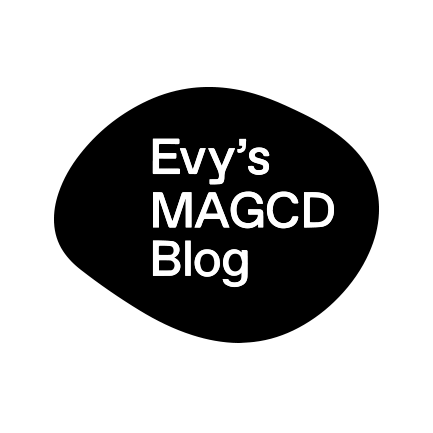As my investigation progresses, it has become more essential to define what I mean with “medium” and how this definition will be applied to my experimental work. Through last week’s experiments I started to note the difference between what I perceived as the medium (tool or process), and the mediator. The second being the interface that allowed the narrative to develop. This new understanding of the importance of the “mediator” in the process of communication came to highlight how volatile and fluid tools and processes are becoming in the current age of dematerialisation, and how, an emphasis in the “mediator” as the medium can hold the key for the next part of this project.
I have reframed my idea of the medium as defined by “tool” or “process” categories such as drawing, writing, painting, photographing, etc, and considered the medium as the interface or environment in which the narrative develops. This new definition is relevant to how communication and narratives develop in the world today, as tools continually blur the the lines between materiality and immateriality.

01 Redefining Medium: It denotes the space in which the narrative happens. It could either be immaterial or material. A medium provides a specific set of characteristics/affordances that define the possibilities and limitation within it. Mediums are being continually created, altered, interpreted and reimagined.
As I start to reframe my definition of “medium”, I’m confronted with a myriad of possibilities. It was through this process, and through my usual commute between Oxford and London, that I found a really interesting anchor for this project. Most of us know or have heard of the “blue plaques” dotted around England, commemorating events, people and places. What caught my attention about this particular one at the Oxford Rail Station, was its unusual content. As opposed to usual plaques, this one contained a short story narrated in first person. Upon research I found this to be part of a wider project celebrating oral history of the city.

I like the idea of this objects as mediums for storytelling because they exist in a set place and time for a purpose and they physical existence is fundamental in the formation of the narrative. Objects which connect the past and the present through the written word and through their physical location. Is the plaque a medium in itself? Or is the text on the plaque de medium. Or is the medium something less simplistic but a combination of factors which create a weightier idea of what the medium is. To me, the blue plaque is a medium in itself in the way it has been created, it’s an interface, a portal to a story which has very particular qualities and cultural associations. Maybe there are so many other mediums like this I have never considered as I have been so concentrated in understanding what I thought the medium was.
02 Experiment Four – Medium as Storyteller
For this week set of experiments, I draw from Queneau’s Exercise in Style, as an example of how medium translations can be used to explore a story multidimensionally. Starting with the Rail Station Blue Plaque, I will be applying a related approach to the study of the medium, both material and immaterial, for the construction of narratives, by exploring the core story though medial translation.
The experiments include narrative mediums such as:
1. Object rematerialisation
2. Google Search
3. Physical size
4. Handwritten letter
5. Email
6. Morse code
7. Object
8. Found Images







03 Silent Crit Feedback –
The idea of medial translation as a research tool is clear. The connection between the medium and narratives was not directly established. It would have probably been good to give an introduction to the first set of workbooks (Week 1), as these exists within a very particular context of my experiments of texting medial translation.
Most elements about my enquiry are not seen clearly through my work. I think that is perhaps because the workbooks are very dependant on my writing practice, so I think over the next week it would be good to frame the whole set of workbooks and experiments within a unified context so it’s clear what I’m testing and trying to achieve with each one of these.
I need to use this week to bring all my research together in order to establish a clear position to which I have arrived by doing in this experiments. Basically I need to show the journey and the why. It might be useful to include some of the references and the thinking behind these so the “readers” can understand what I’m trying to do.
Next week I can focus on:
- Create one last workbook exploring peripheral narratives through medial translation. This is to explore the potential of the medium beyond translating the story into completely reframing it.
- Creating a container for these experiments which can serve as an anchor to contextualise them.
- Maybe it would be beneficial to chose a set of narratives that I could explore?
- For this final week I could go deeper into forming the narrative in a more linear way though the use of stop motion animation.
